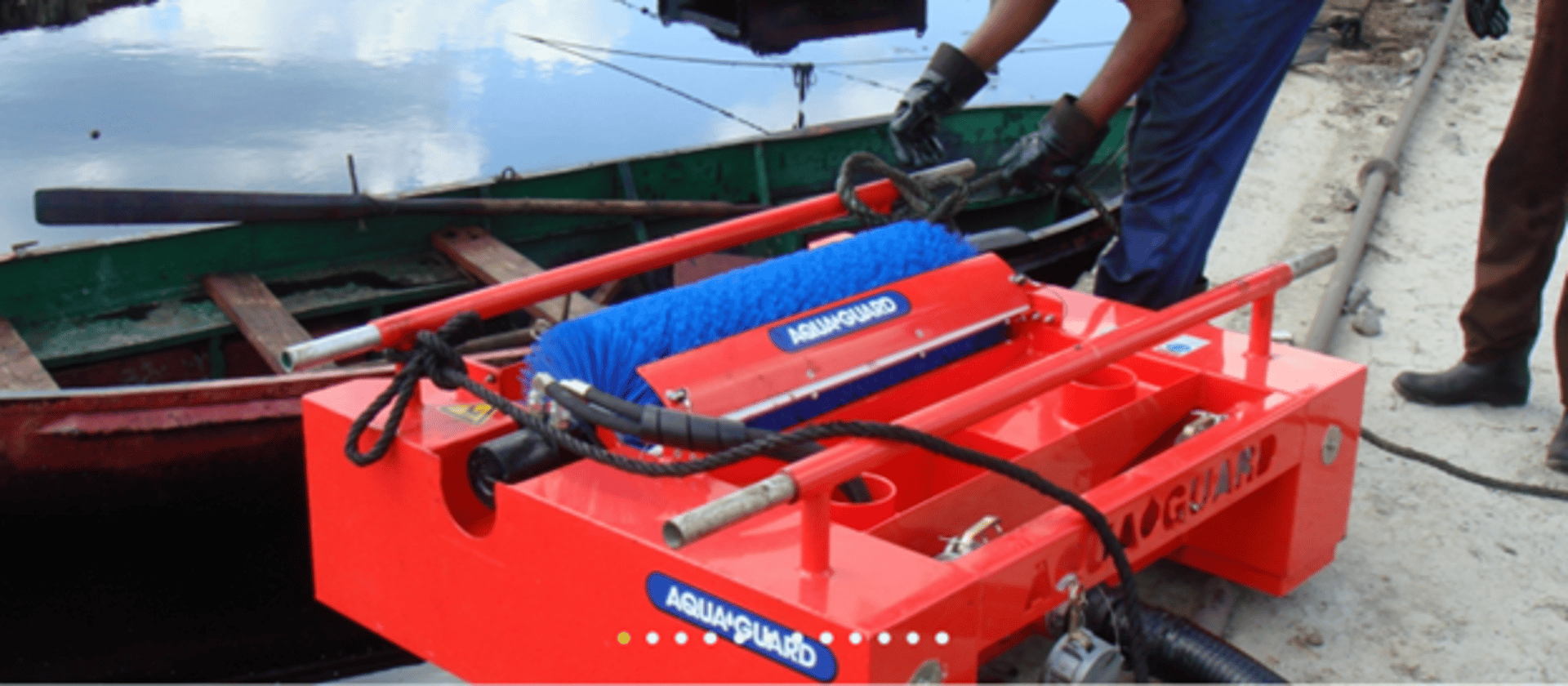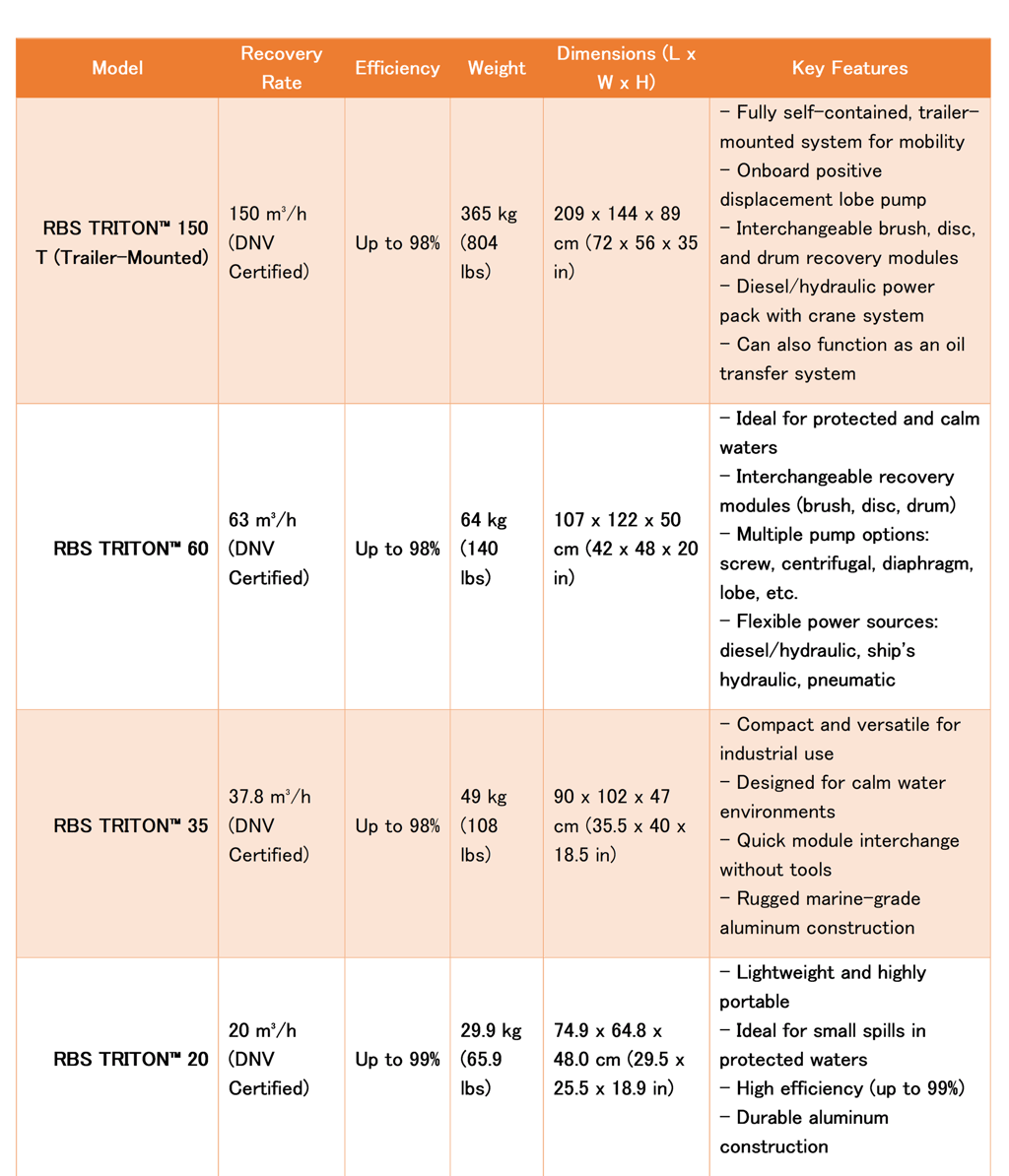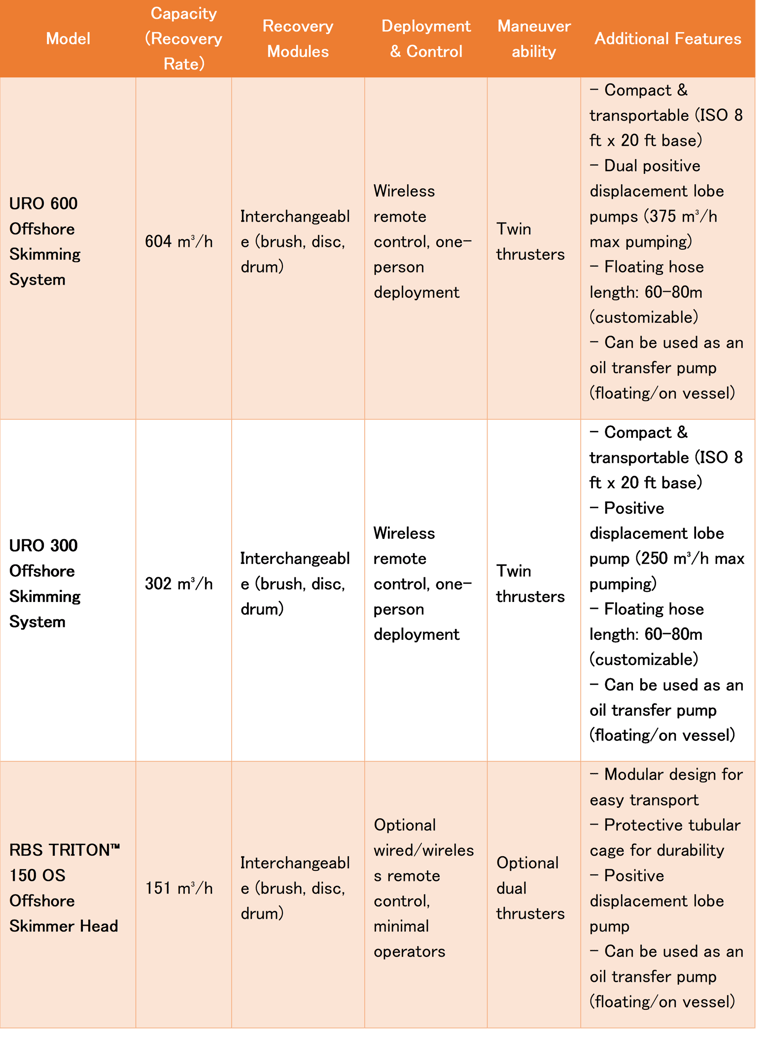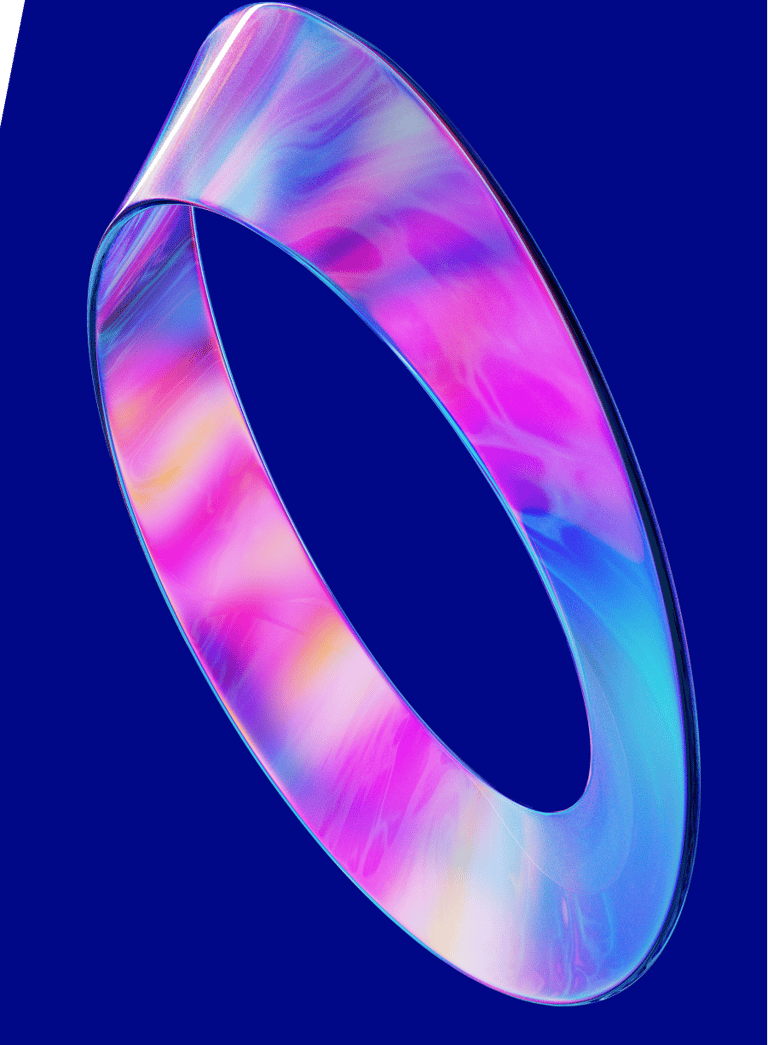Skimming Success: Choosing the Right Skimmer for Your Oil Spill Response
Choosing the right skimmer is key to effective oil spill response. Dive into our guide on mechanical and oleophilic skimmers, their operating principles, and how to select the best one based on capacity, environment, and oil type. Ensure your response is efficient with the right tools for the job!
Val

Oil spill response is only as effective as the tools you use. When it comes to recovering oil from water surfaces, skimmers are one of the most important and versatile tools in the industry. These devices work by removing oil from the water and helping prevent further contamination. But not all skimmers are created equal, and selecting the right one for your needs requires understanding the operating principles, types of skimmers, and the factors to consider for an efficient recovery.
Operating Principles of Skimmers
Skimmers are designed to capture oil floating on the water’s surface by using various methods to separate the oil from the water. Their operating principles are primarily based on mechanical, oleophilic, or suction-based systems, all working to skim the surface effectively. Oil floats on water due to its lower density, and skimmers are designed to capitalize on this fact, either through physical collection or oloeophillic action.
Some skimmers use mechanical methods like weirs or suction to recover oil, while others rely on oleophilic (oil-attracting) materials like rotating discs or brushes to gather the oil. Skimmers may be powered by hydraulics, air pressure, or electric motors, and their efficiency largely depends on the environment and type of oil being collected.
Types of Skimmers
Mechanical Skimmers (Weir & Suction)
Mechanical skimmers are widely used for their reliability in oil recovery. They typically operate by allowing oil to float over a barrier or weir, which funnels the oil into a collection tank. Suction-based skimmers, on the other hand, create a vacuum to remove oil from the surface. Both systems are well-suited for various environments and offer great flexibility in deployment.Oleophilic Skimmers (Disc, Brush, Drum)
Oleophilic skimmers are ideal for applications where high oil recovery efficiency is required. These skimmers are designed with rotating discs, brushes, or drums that attract and absorb oil. The material used in these skimmers is specifically designed to bind with oil, allowing the recovered oil to be efficiently separated from the water. This type of skimmer is perfect for handling oils with low viscosity.
Selecting the Right Skimmer for Your Needs
Capacity
The size of the skimmer, often measured by its oil recovery rate, should be selected based on the scale of the spill and recovery requirements. For large spills in offshore environments, high-capacity skimmers such as the URO Offshore Skimmer are recommended due to their ability to handle large volumes of oil. However, it’s important to keep in mind that the performance values provided by manufacturers are typically based on ideal conditions. Real-life conditions often present challenges, such as the agitation of water and the interaction between the oil and water, which can reduce the recovery efficiency by a factor of 1 to 5 or even 1 to 10. These factors can affect the skimmer's effectiveness, particularly in open-sea operations.
Environment:
Different skimmers are better suited for different environments. RBS Triton Skimmers are perfect for inshore applications, where shallow waters or smaller-scale spills are present. Their ability to work in calm, sheltered waters makes them ideal for quick response operations. However, it’s important to note that the storage capacity of the recovery unit may limit the skimmer's continuous operation, requiring transfers to land-based storage tanks or vessels to avoid downtime. This is a critical consideration when planning your spill response strategy.
Type of Oil:
The type of oil to be recovered is crucial in selecting the right skimmer. Light oils, thick oils, or emulsified oils may require different technologies. Oleophilic skimmers are better for light oils and oils that tend to float, while mechanical skimmers are more adaptable to various oil types, including heavier oils. Skimmers must be selected based on the specific needs of the spill scenario, and data from real-life spill conditions should be considered to ensure that the best equipment is chosen for the task.
Real-World Performance Considerations
It’s important to remember that the performance values indicated by manufacturers are based on controlled conditions, which may not reflect the challenges encountered during actual spill response operations. Water agitation, varying oil viscosities, and environmental factors can all significantly affect the efficiency of the skimming process. The lack of sufficient trial data means that skimmers need to be assessed and adapted to the unique circumstances of each spill. Often, spill responders will need to reassess equipment choices based on specific spill scenarios and the risk assessment for the area being affected.
The efficiency of an oil skimmer is determined by its recovery selectivity, or the percentage of oil in the recovered oil-water mixture. Weir skimmers, which operate by allowing oil to overflow into a collection chamber, typically have lower recovery efficiency since they recover a significant amount of water along with the oil. In contrast, oleophilic skimmers—such as those using brush, disc, or drum recovery modules—are generally more selective, meaning they have less water intake and are more efficient in recovering pollutants.
At GS OceanGuard, we understand the complexities of spill response and the importance of selecting the right skimming technology. Our URO Offshore Skimmers provide high-capacity recovery for offshore operations, while the RBS Triton Skimmers are designed for fast and efficient recovery in inshore environments. By carefully considering factors like capacity, environment, and the type of oil to be recovered, we can help ensure that your response efforts are both effective and efficient.




Contact us
Whether you have a request, a query, or want to work with us, use the form below to get in touch with our team.


Location
3195 New Panaderos, Santa Ana, Manila, Metro Manila
Contacts
+63927 410 4369
info@gsoceanguard.ph

